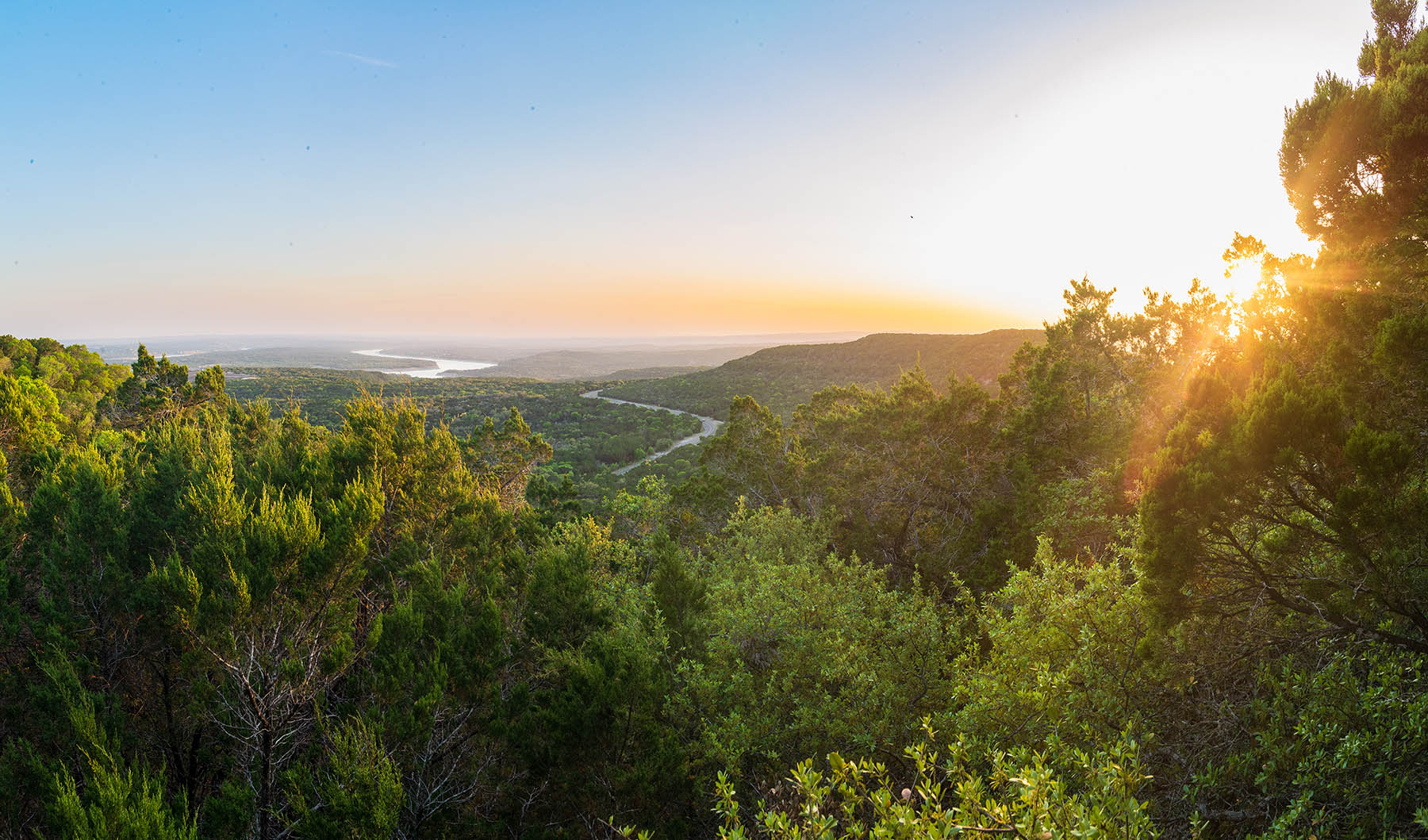
Conservation
More Room to Roam
Texas gains new wild places with 2021 federal public land purchases.
New opportunities abound for Texans who love to go wild in nature. Last year, the U.S. Fish and Wildlife Service added nearly 7,000 acres of public land to the 19 national wildlife refuges in Texas.
Spanning a variety of ecosystems from coastal prairie in the Rio Grande Valley to hardwood forests in East Texas, the parcels will connect, protect and restore wildlife habitat and increase recreational access for Texans.
“These public lands offer access to hiking, hunting and fishing, while also providing vital habitat for thousands of wildlife species,” says the service’s regional director, Amy Lueders. “We encourage Texans to come visit their national wildlife refuges to connect with the outdoors.”
These land acquisitions were funded by nonprofit conservation partners and private donors in combination with federal dollars.
Laguna Atascosa: The refuge grew by nearly 5,000 acres on 10 separate tracts of land. A 3,361-acre addition in Cameron County is key to creating a wildlife corridor and provides exceptional opportunities for hunting upland and migratory birds, waterfowl and white-tailed deer. An additional 1,512 acres, known locally as Holly Beach, will provide crucial habitat. The remaining tracts include a 53-acre former aquaculture facility that will be shallowly flooded to benefit wildlife and several tracts of barrier island habitat on South Padre Island.
Balcones Canyonlands: The refuge acquired 307 acres of prime golden-cheeked warbler and black-capped vireo habitat in Travis County.
Lower Rio Grande Valley: 1,500-plus acres were acquired on three tracts of land: the 1,477-acre La Sal Vieja tract, a salt-dome lake with cultural and historical significance and upland habitat; 72 acres of dense native brush for resident wildlife species such as white-tailed deer, javelinas, coyotes, bobcats, doves and, potentially, endangered ocelots; and 10 acres along the Rio Grande to benefit opossums, eastern cottontails, coyotes, raccoons, striped skunks, bobcats, green jays, golden-fronted woodpeckers, doves, flycatchers, hawks, kestrels and caracaras.
Anahuac: 270-plus acres of remnant upland prairie were acquired for resident and migratory bird species on the Texas Chenier Plain, along the Gulf Coast. Eastern black rail will likely occupy the tract, as well as upland migratory birds, doves, eastern meadowlarks, and mottled and black-bellied whistling ducks.
Neches River: Almost 100 acres of bottomland hardwoods were added adjacent to the Neches River, providing new recreational access for canoeing, kayaking, hunting, fishing, hiking
and photography.
USFWS; Maegan Lanham
» Like this story? If you enjoy reading articles like this, subscribe to Texas Parks & Wildlife magazine.

